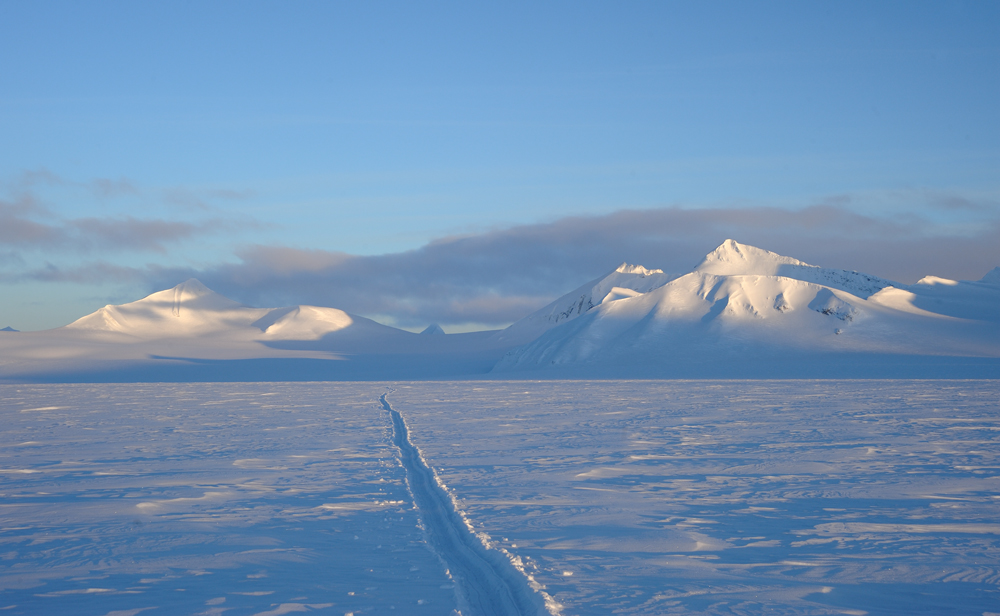
Spitsbergen
Spitsbergen. What, why, and how.
Spitsbergen. Voyage. Longyear
Spitsbergen. Ymerbukta
Spitsbergen. Esmarkbreen
April 22 is a time to leave Esmarkbreen and move to the next glacier. Today we are going to the pass to Nansenbreen.
Here is the map. Red crosses mark the place of our landing, the pass from Esmarkbreen to Nansenbreen, and the pass from Nansenbreen to Borebreen.

I should say that even the sun is always present in the sky, it doesn’t produce an equal amount of heat during the day. The nights are always colder. Though in the late morning it rose high enough to heat our tent.
Esmarkbreen. Our pass is between two mountains on the right side.
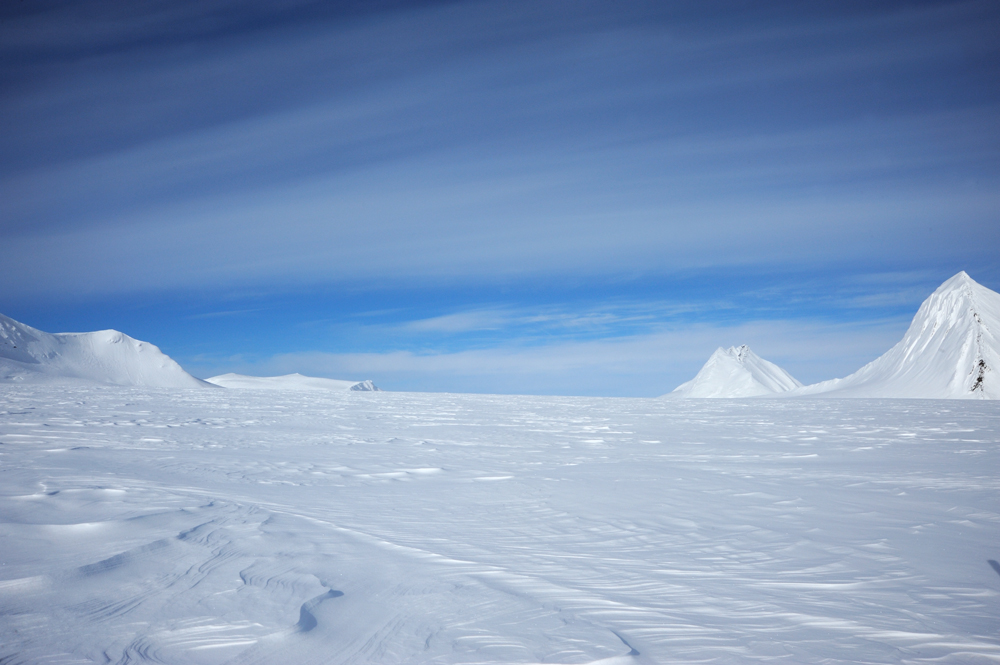
The edge of the glacier. The pass is between two far mountains.

Our yesterday’s ski-track.
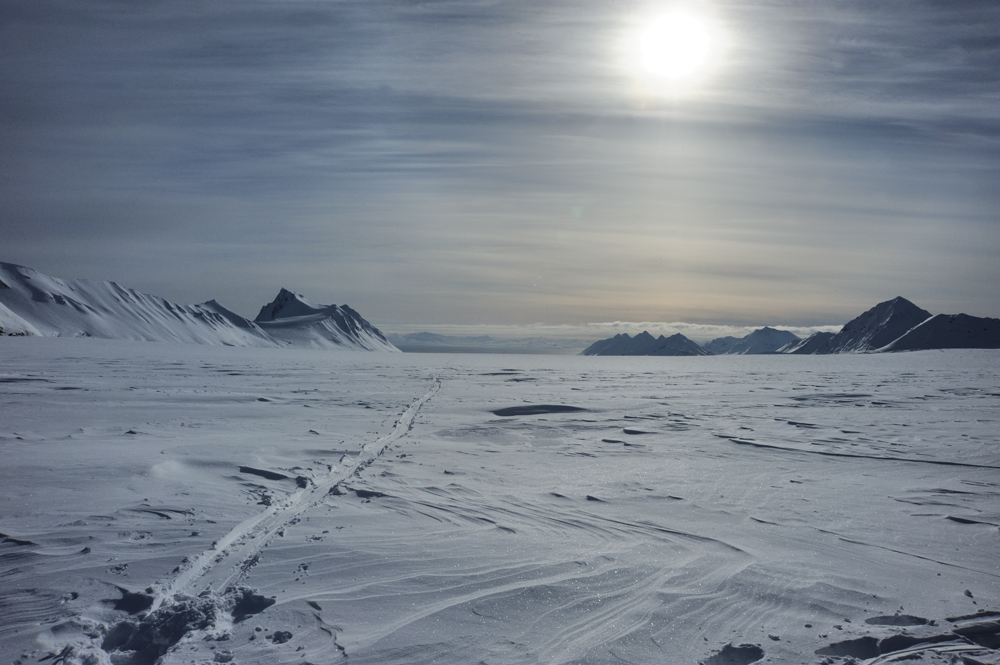
Start to move. Snow is very deep and heavy. Weather is not too bad but starts to go down.
Fresh tracks of arctic fox crosses our way. During our travel, we very often meet such traces. I have no idea that foxes do on the glaciers, there is no food for them there. Svalbard arctic foxes are very rigid animals. The main food for arctic foxes from other places, as well as for the rest of canines, is rodents. Mice, voles, lemmings and other small creatures that feed the half of the world. The problem is that there are no rodents on Svalbard. There are only two species of terrestrial mammals on the archipelago, arctic fox and reindeer. Well, since recently three of them, and the third one is a rodent actually. However, it is an invasive species and has so small area that doesn’t solve food problems of the foxes anyway. About this brave arctic vanquisher, I will talk later. Thus, there is no much food for arctic foxes on Svalbard, especially during winter (summer bring plenty of birds with their eggs and chickens). Arctic ptarmigans (the only birds that live on island year around), famished reindeer, and baby of ringed seals. The last ones also are available at short-season only, the adult seal, even such small as a ringed seal is too big for arctic fox.With such uneasy conditions for life, however, the arctic foxes of Svalbard are prosperous species.
I think I should explain about famished reindeer. It is a typical death for reindeer on Svalbard. There no many hunters for them on the islands except humans, and actually there is enough food for them. So they die not because they cannot find food, but because they don’t have a possibility to it this food. The grass and moss are short and grow on rocks. Small pieces of rocks always come to the deer mouths with food and grind their teeth. As soon as teeth become too short, reindeer died of starvation.
It was too risky to use the lowest part of the pass near the left mountain because of the avalanche danger. The mountain had fresh avalanche traces and was ready for new ones.
Left mountain:

Right mountain:
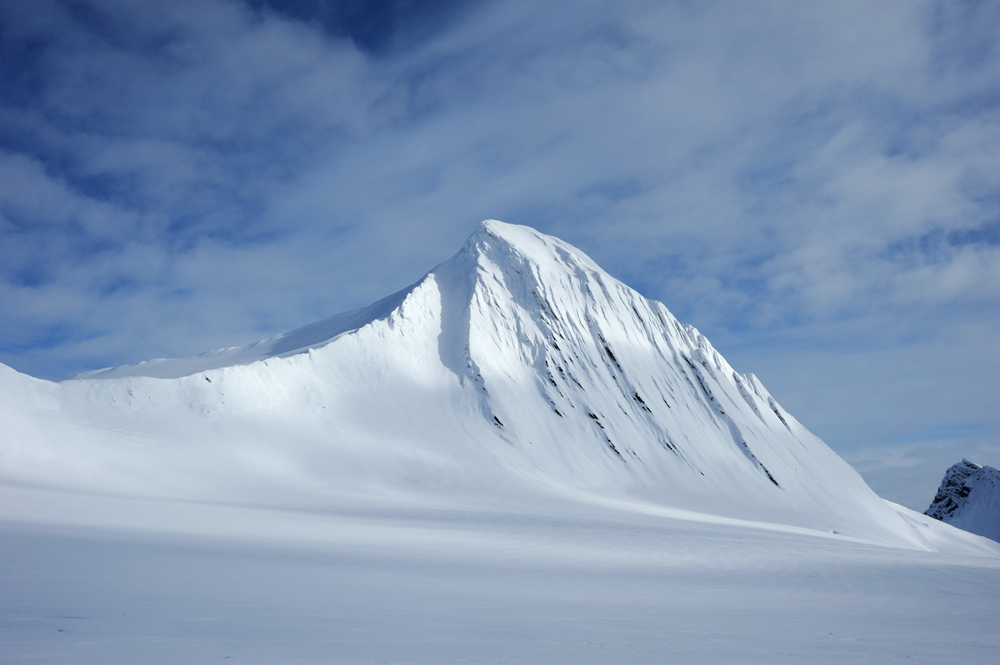
By the way, the last part of the video from the previouse post shows the way to pass to Nansenbreen.
View around:

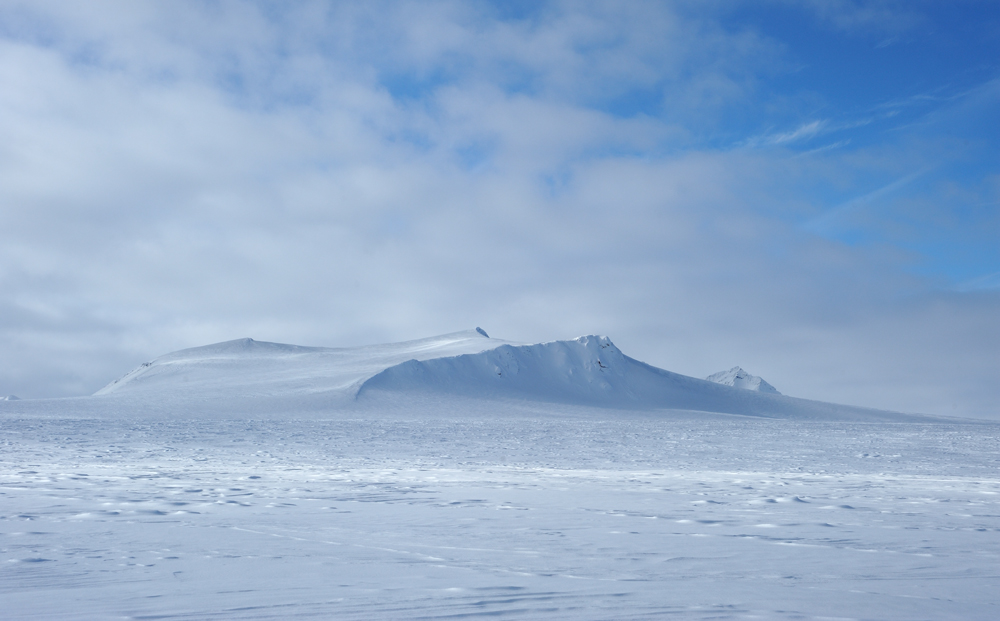
The descent from the pass was awful. No, it was not difficult or unpleasant itself, but the behaviour of our sledges was a total disaster. The fighting with the sledges at descent took more our efforts than the ascent.
Finally, we are on the Nansenbreen. Now we need to cross it and pass to the Borebreen.
All my complains about snows of Esmarkbreen disappeared then we hit Nansenbreen. Looks like winds never visit this glacier. The snow is so deep and so loose that we sink knee-deep. Our sledges reject to cooperate, and we spend endless time in the fighting with them. Well, now we know that this type of sledger is bad for our purpose, but we should live with it till the end of our trip.
The Nansenbreen have been crossed and we started to ascent to the pass to Borebreen. The slope was steep and the snow was heavy. When we were almost on the top, the visibility dropped to zero, and our strengths also. For seven hours we made six kilometres. If we will continue in such temp, our journey takes months.
April 23. It is time to finish our transfer to Borebreen. The main man on duty cooks our breakfast. This is a kitchen corner of our tent.
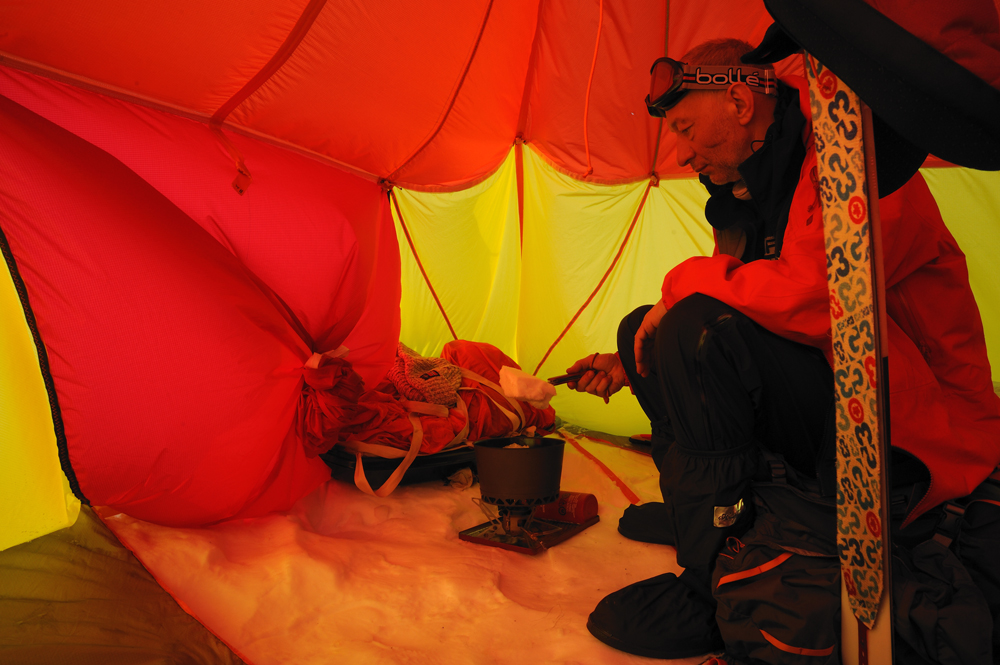
Everything is white outside the tent. Going up by touch.

On the top is -4C and windy.
We catch some windows in the fog and cloudiness and checked our position.


We should cross the Borebreen to the Kjepasset pass. Here is the map of this region. Red crosses mark the pass from Nansenbreen to Borebreen and the exit to Kjepasset.
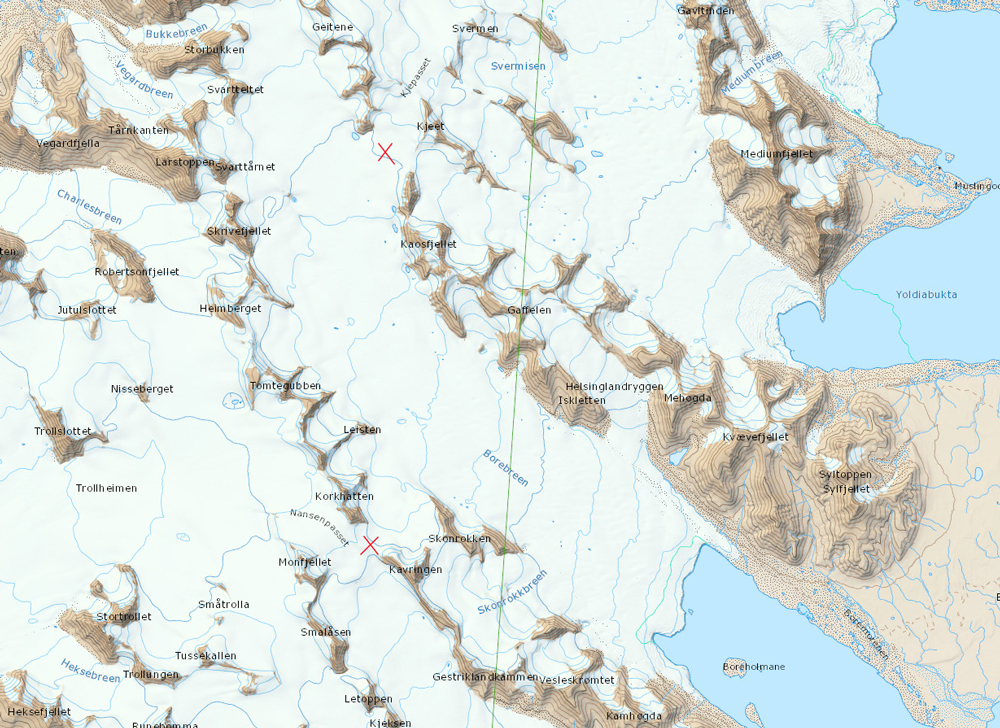
Visibility improves a little.
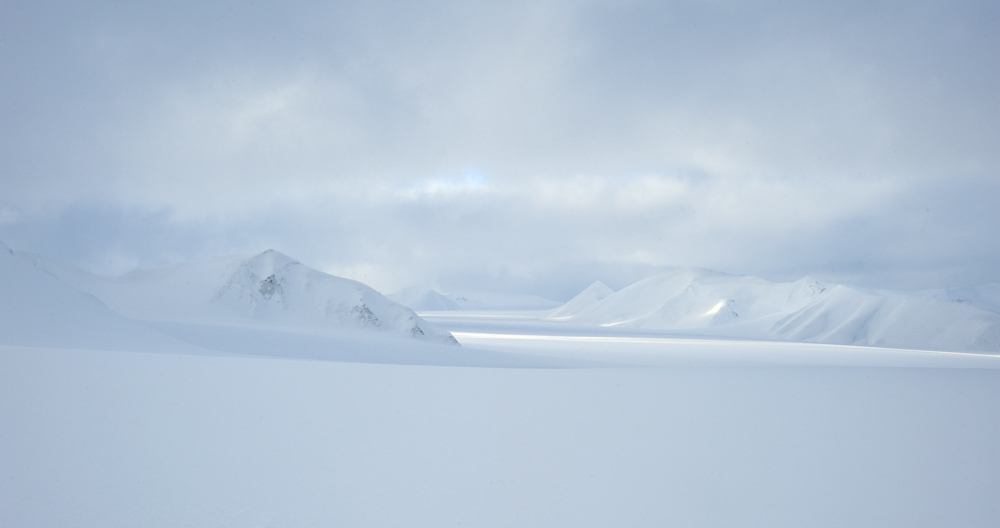


Now we can see the fjord. On the other side is Advendalen with Longier.
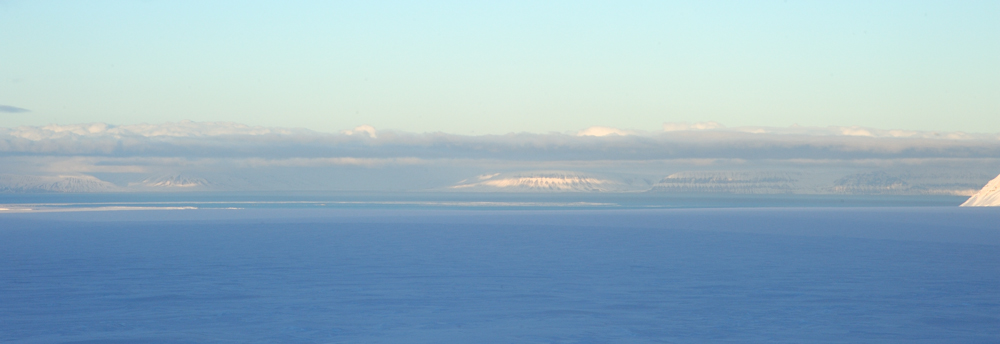
Going along Borebreen.
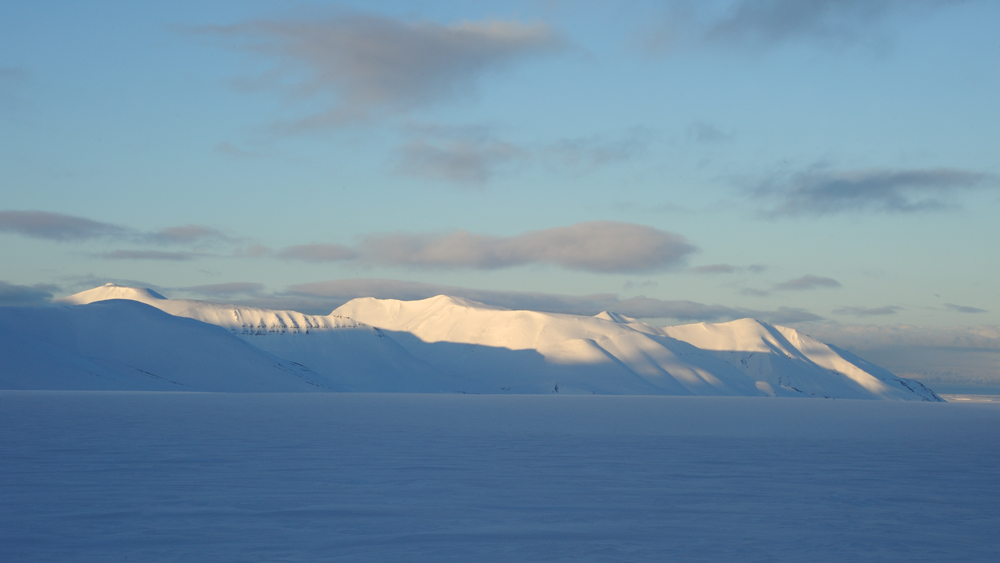

The snow is deep and heavy, not better then on previous glaciers.
The visibility improves, but the cold becomes stronger.
Set the camp around midnight.

Midnight sun.
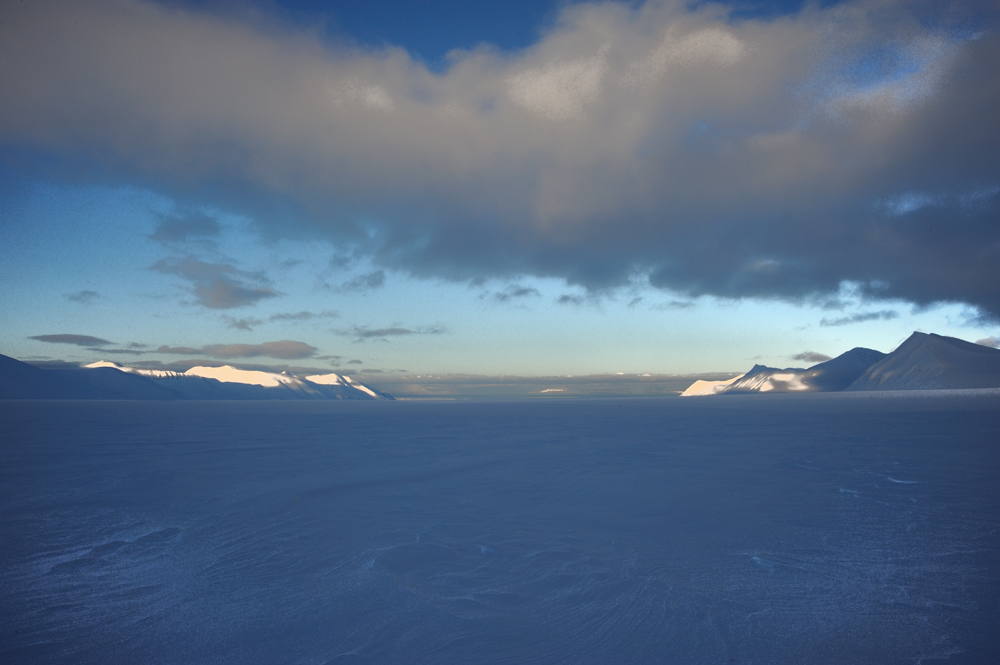

It is very cold, -15C, and becomes even colder.
To be continued……